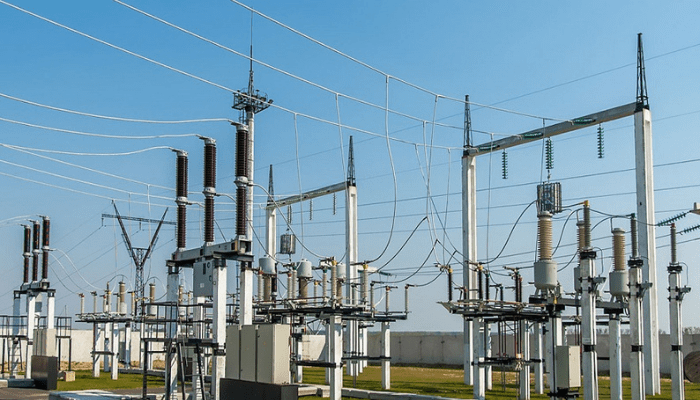Despite the persistent challenges of epileptic power supply nationwide, electricity distribution companies (Discos) in Nigeria experienced a significant surge in revenue, reaching N1.1 trillion within the 12 months of 2023. This marks a notable increase of N234.4 billion or 28.2% compared to the N831 billion generated over a similar period in 2022, as revealed in a new report by the National Bureau of Statistics.
Persisting Power Grid Instabilities
The surge in revenue occurred despite the sporadic occurrences of power grid collapses recorded throughout the year. Nigeria’s national power grid collapsed 46 times between 2017 and 2023, as reported by the International Energy Agency. Notably, Nigerians endured more frequent nationwide blackouts in 2023, particularly on September 14, attributed to a major transmission line fire.
Distribution Companies’ Revenue Analysis
An analysis of the revenue data showed varying increases in revenue for different electricity distribution companies across the country. The Ikeja Electricity Distribution Company emerged with the highest revenue, totaling N218.6 billion, representing a 31.7% increase from N165.9 billion recorded in 2022. Following closely is the Eko Distribution Company, which witnessed a revenue increase of N52.8 billion or 42.3% from N124.8 billion in 2022.
The Abuja Electricity Distribution Company ranked third, recording a revenue generation of N167.4 billion, up from N125.7 billion in 2022. Similarly, other notable companies such as the Ibadan Electricity Distribution Company, Enugu Electricity Distribution Company, Yola Electricity Distribution Company, Benin Electricity Distribution Company, Kaduna Electricity Distribution Company, Jos Electricity Distribution Company, Kano Electricity Distribution Company, and Port-Harcourt Electricity Distribution Company reported significant revenue increases.
Revenue Collection Efficiency and Customer Billing
Despite the challenges faced, distribution companies demonstrated increased efficiency in revenue collection. However, this efficiency may be linked to a rise in the overbilling of customers, particularly those on the estimated billing system. Additionally, Discos were observed to capture more customers under the estimated billing system.
Metering and Customer Statistics
Further analysis revealed a 9.38% increase in the number of metered customers, amounting to 480,833. Conversely, the number of customers under the estimated billing system reduced slightly by 1.73% to 5.8 million.
Source: PunchNG



















Leave a Reply